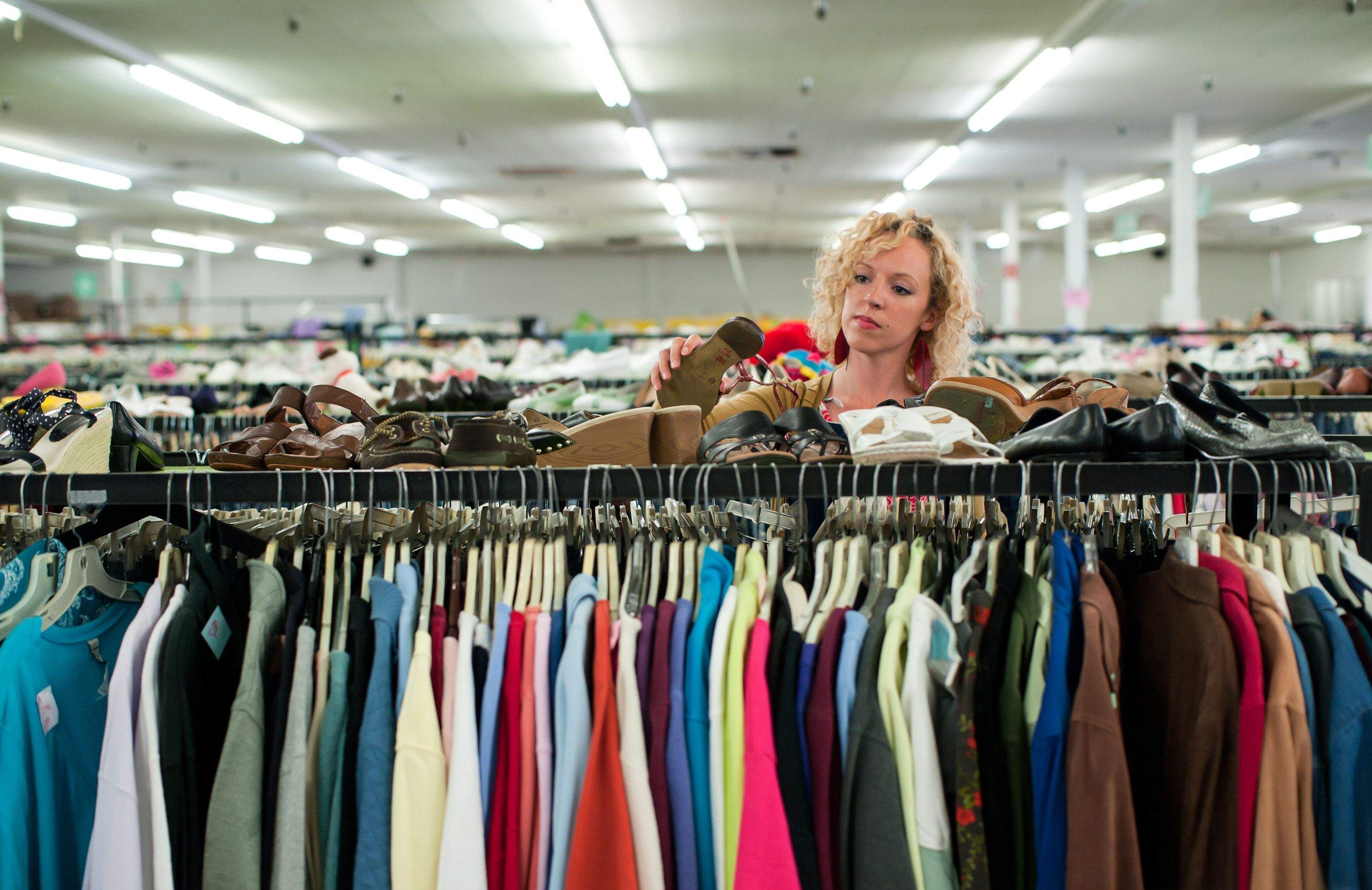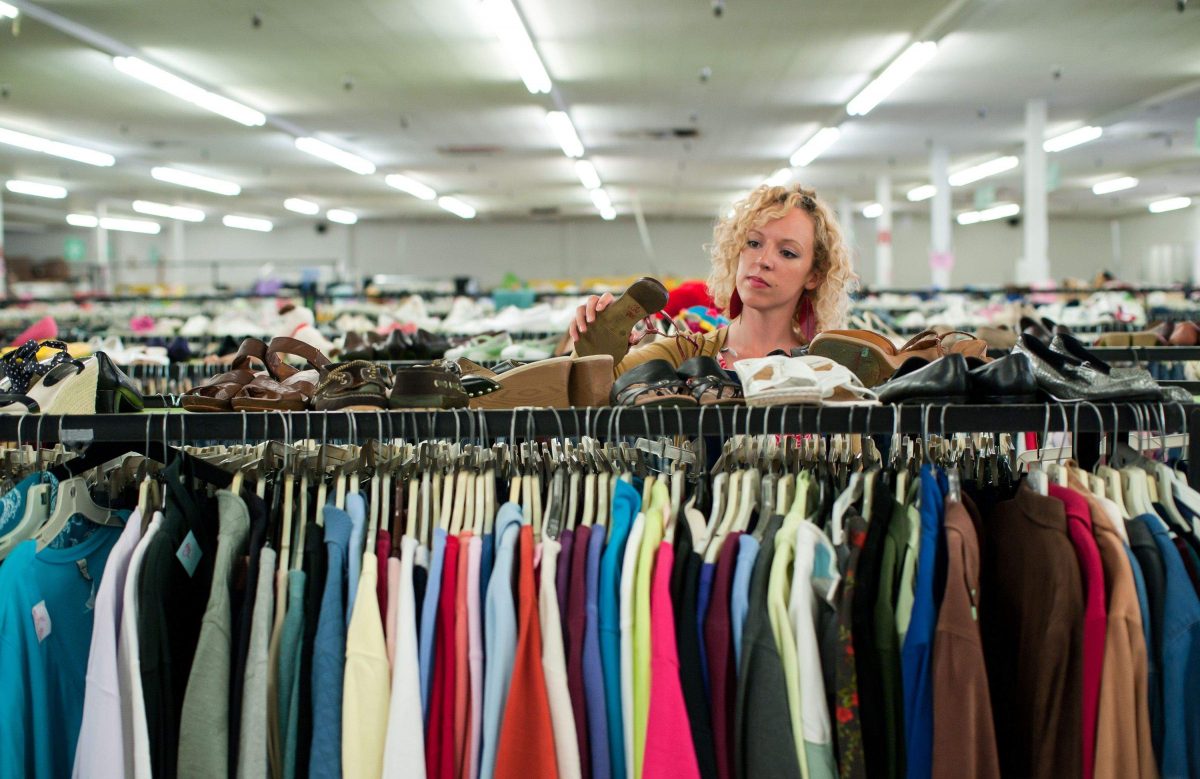
Not-for-profit thrift stores are experiencing unprecedented growth to handle both a growing appetite for secondhand bargains and a burgeoning amount of donated items.
Thrift stores, viewed a generation ago as places where poor people shop, are now attracting more middle-class, environmentally conscious consumers in search of vintage and one-of-a-kind items.
“The temperament and mind-set about reusing things have changed dramatically, and that’s across the country,” said Michael Wirth-Davis, Goodwill-Easter Seals Minnesota’s president and CEO.
In the past seven years, Goodwill has more than doubled its Minnesota retail locations to 51, for example, including outlet stores and boutiques. It’s seen online sales soar with merchandise on eBay, Etsy and its own auction site Shopgoodwill.com.
Sales topped $94 million last year, revenue that helps fund its job training programs.
“In the late 1990s, early 2000s, a lot of folks — particularly younger folks — thought it was OK to purchase thrift goods,” Wirth-Davis said. “With Craigslist, they were selling things to each other.
“It became much more mainstream and another venue for shopping that people found fun and a place to find what they were looking for.”
The trend is national.
“The entire industry has been growing, and growing faster than other retail,” said Adele Meyer, executive director of Michigan-based NARTS: the Association of Resale Professionals.
ARTICLE CONTINUES BELOW ADVERTISEMENT
“People are much more aware of sustainability and recycling, and it’s the thrill of the hunt. Plus, people have a lot of places to spend their money — their children’s education, retirement, vacation homes,” Meyer said.
“Consumer goods is a place they can save.”
Tom Canfield, who as the Salvation Army’s business administrator oversees its thrift stores, said the Great Recession 10 years ago changed how people viewed secondhand shopping. Many first-time customers walked into thrift stores out of necessity and were surprised by the quality and selection they found.
Even when financial fortunes improved, people continued thrift-store shopping, he said.
Not-for-profits have redesigned their stores to attract and keep this new class of customer. Thrift stores feel more like big box retailers, brightly lit with polished floors and wide aisles to accommodate shopping carts.
Merchandise is neatly hung and sorted by size and style, just like standard retailers.
“We provide a really clean, friendly, safe, bright environment for people to shop. It’s not a dingy place to go to get subpar merchandise,” Babcock said.

